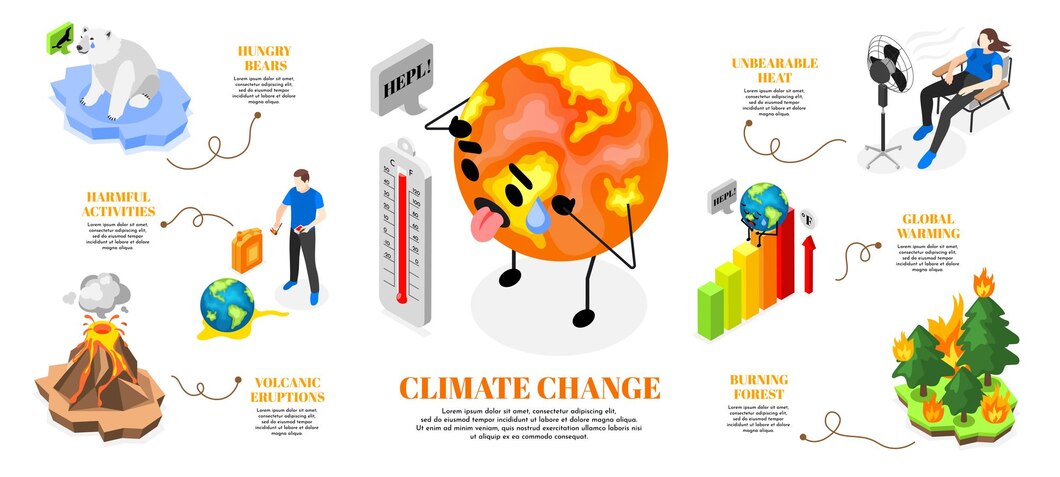 Competitor Backlink Hack – Steal Their Traffic. Legally!
Competitor Backlink Hack – Steal Their Traffic. Legally!
Green Technology Innovations
Written by WikiGlitz » Updated on: June 17th, 2025 217 views

In recent years, the urgency to address climate change has led to a surge in sustainable technology innovations.
As we face environmental challenges, one might ask:
What if the solutions to our planet's problems lie in the very innovations we create?
Welcome to WikiGlitz, where we explore how green technology is reshaping our world for the better.

Understanding Green Technology
Green technology refers to environmentally friendly innovations designed to reduce negative impacts on our planet.
This encompasses a broad range of fields, including energy production, waste management, and sustainable agriculture.
The primary goal of green technology is to create solutions that not only mitigate environmental damage but also promote a sustainable future.
Key Aspects of Green Technology
Environmental Impact Reduction: Technologies aim to minimize pollution and conserve resources.
Energy Efficiency: Innovations improve energy use, leading to lower consumption and emissions.
Economic Viability: Sustainable technologies often result in cost savings for businesses and consumers alike.
Public Health Benefits: Reducing pollutants contributes to better air and water quality.
Top 8 Green Tech Innovations
Electric Vehicles (EVs): EVs are at the forefront of reducing transportation emissions. They utilize electricity instead of fossil fuels, significantly lowering greenhouse gas emissions.
Solar Power: Solar panels convert sunlight into electricity, providing a clean and renewable energy source that has become increasingly affordable and efficient.
Carbon Capture and Storage (CCS): This technology captures carbon dioxide emissions from sources like power plants and stores it underground, preventing it from entering the atmosphere.
Smart Grids: These advanced energy systems optimize electricity distribution, enhancing efficiency and integrating renewable energy sources more effectively.
Waste-to-Energy Technologies: These systems convert waste materials into usable energy, reducing landfill use while generating power.
Hydrogen Fuel Cells: Fuel cells generate electricity through chemical reactions between hydrogen and oxygen, producing water as the only byproduct, making them an eco-friendly alternative to traditional fuels.
Recycled Materials in Construction: Using recycled plastics and other materials in construction reduces waste and lowers the carbon footprint of building projects.
Vertical Farming: This innovative agricultural method utilizes vertical space to grow crops in urban areas, reducing land use and transportation emissions while increasing food security.
Challenges in Green Technology
Despite the advancements in green technology, several challenges remain:
High Initial Costs: Many sustainable technologies require significant upfront investment.
Infrastructure Limitations: Existing infrastructure may not support new technologies efficiently.
Regulatory Hurdles: Policies can lag behind technological advancements, creating barriers to adoption.
Public Awareness: Consumers often lack understanding or acceptance of new technologies.
Future Outlook on Green Tech
The future of green technology looks promising as global awareness about climate change increases.
Investments in research and development are expected to grow, leading to breakthroughs that could revolutionize how we produce energy and manage resources.
Governments are likely to implement more supportive policies encouraging innovation and adopting sustainable practices.
Case Study: Tesla and the Evolution of Green Technology
Tesla has emerged as a leader in the electric vehicle market, showcasing how innovation can drive sustainability.
By developing high-performance electric cars and expanding charging infrastructure, Tesla has significantly contributed to the popularity of EVs.
Their commitment to renewable energy solutions extends beyond vehicles; Tesla's solar products aim to make clean energy accessible for all households.
Key Takeaways from Tesla's Approach
Innovation Driven by Demand: Tesla’s success illustrates how consumer demand can drive technological advancement.
Integration of Technologies: The company combines electric vehicles with solar energy solutions for a comprehensive approach to sustainability.
Market Influence: Tesla’s impact has encouraged traditional automakers to invest heavily in electric vehicle technology.
Conclusion
As we navigate the complexities of climate change, embracing sustainable technology innovations is essential for a healthier planet.
AtWikiGlitz, we believe that through innovation and commitment, we can create a sustainable future that benefits both people and the environment.
The journey toward sustainability is ongoing, but with continued focus on green technology, we can make significant strides toward solving our most pressing environmental challenges.
Join us at WikiGlitz to advocate for sustainable practices!
Whether you’re an individual or part of an organization, consider how you can incorporate green technologies into your daily life or business operations.
Together, we can foster a greener future through informed choices and innovative solutions centered around Sustainable Technology Innovations.
Explore the latest sustainable technology innovations at WikiGlitz for a greener future! 🌍
Note: IndiBlogHub features both user-submitted and editorial content. We do not verify third-party contributions. Read our Disclaimer and Privacy Policyfor details.
Copyright © 2019-2025 IndiBlogHub.com. All rights reserved. Hosted on DigitalOcean for fast, reliable performance.
















